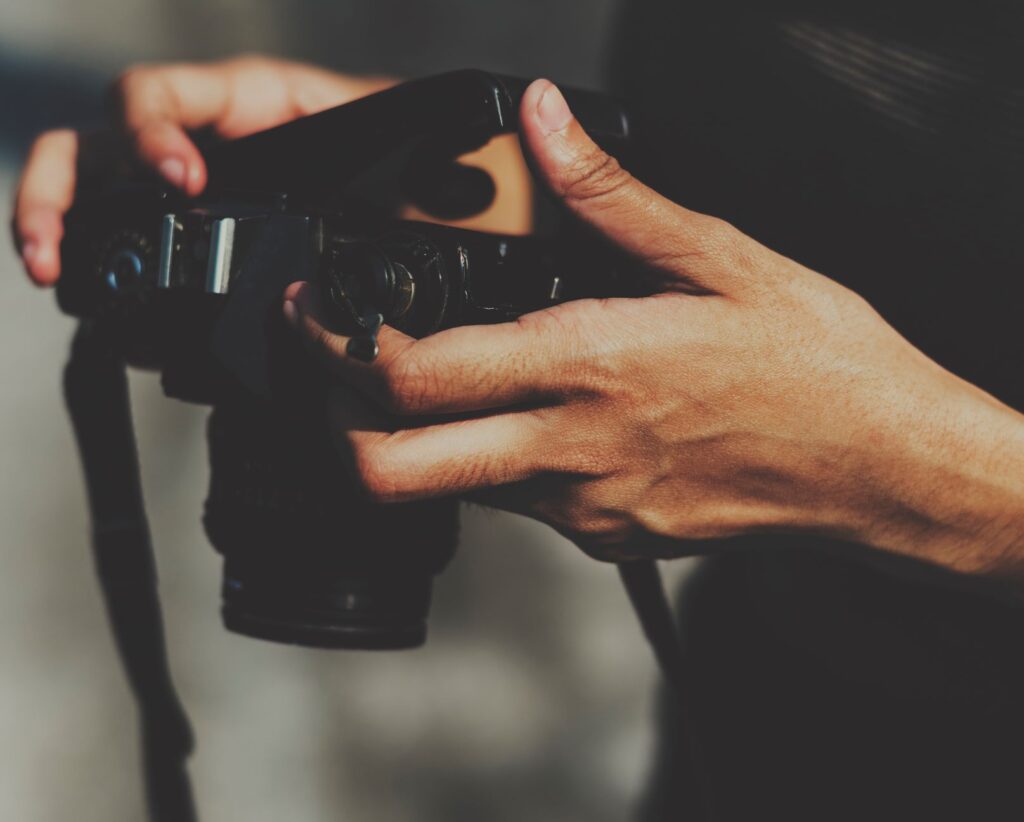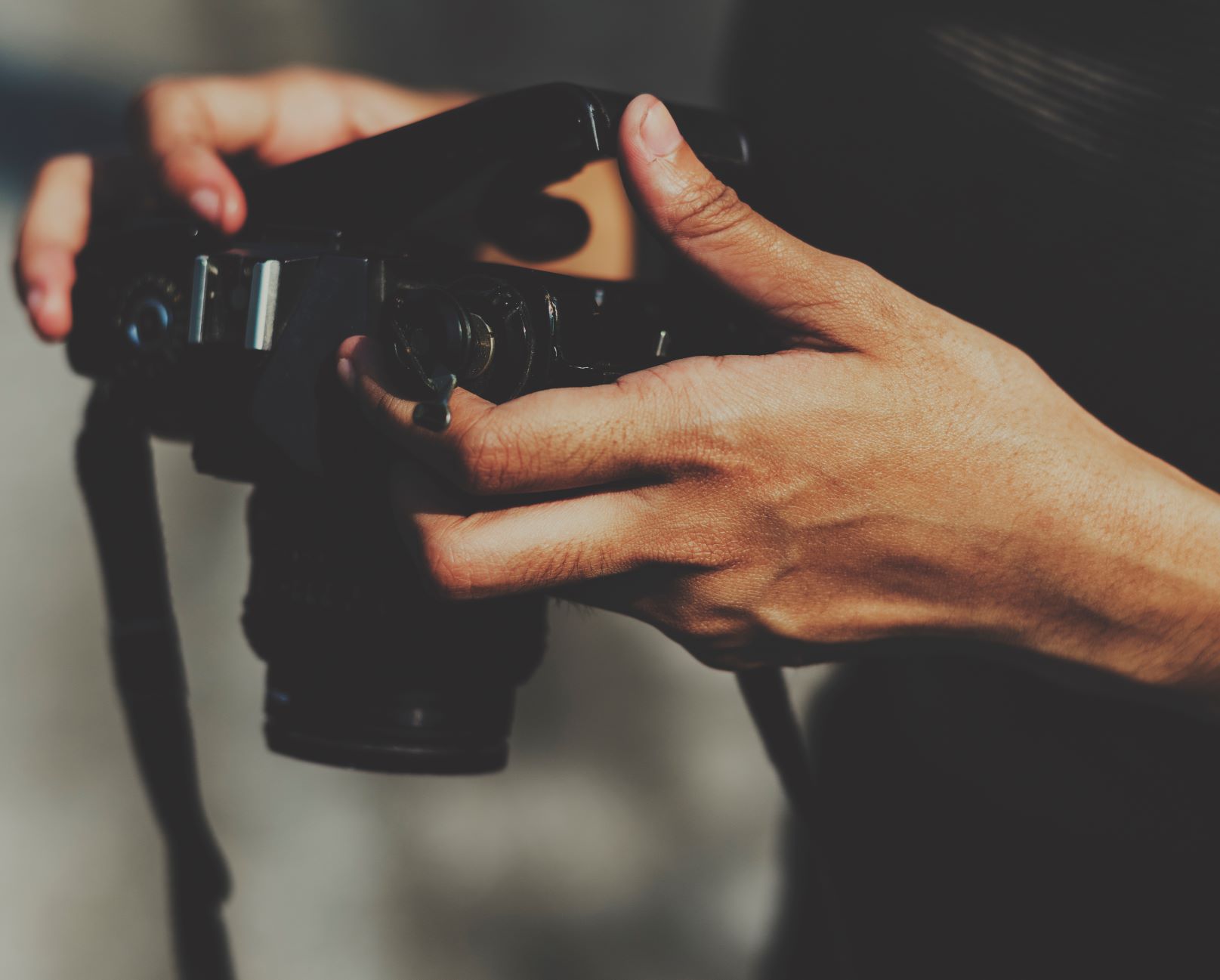Basic Tips For Taking Photos
There are a few things you should know when you take a picture. Some of them are Rules of Thirds, camera shake, composition, and using natural light. These tips will help you take better photographs. Leah Robertson shares her photography tips. She also recommends a lot of practice. If you’re still not confident in your photography skills, she recommends watching a video.
Rules of thirds
Applying the Rule of Thirds when taking photographs will create a more pleasing composition. While it’s not a “make or break” rule, it can make your photos look more appealing. The Rule of Thirds helps you keep your composition balanced and proportional to the size of your main elements.
The Rule of Thirds is most useful when you’re composing a photo in-camera. You can avoid cropping later by using it. It can also be used to enhance older photos. The key is to practice. You can use it in many situations and try different combinations.
When photographing portraits, ensure that the subject’s gaze aligns with the intersection of two lines of the rule. This will draw the viewer’s attention to the frame.
Avoiding camera shake
Avoiding camera shake while taking photos is essential if you want to get sharp pictures. Particularly if you are using a telephoto lens shake can cause blurred images. You can avoid this by using a higher shutter speed. The faster the shutter speed, the less camera shake there will be.

Multiple exposures at different shutter speeds are one way to avoid camera shake. Make sure that the shutter is fully released during the first few shots before you take the second and third shots. Then, check your photos after each one to see if they are shaky. If the camera shake is too obvious, you can adjust the shutter speed or the way you create this effect. Slower shutter speeds can make the effect more subtle, while faster shutter speeds will produce a more dramatic effect.
How to create a great photo
A good photo is one that combines all the elements of a scene to create a strong composition. The fundamental elements of a photograph are balance, colour, light and structure. All of these elements should be combined to create a striking image.
A good composition should be focused on the main subject and allow for some breathing room. You don’t have to hide the trees, but your subject should have enough space. For example, if you’re taking a picture of a bird in flight, you should make sure that it doesn’t fly into the background. Allowing your main subject to breathe will make it look more natural and make it more prominent.
A clear plan and visualization are key to creating a great photo. You need to decide what message you want to convey and how to get there. It is crucial to know what your viewers want and what they won’t.
Natural light
Landscape photography is all about natural light. It can create many moods, depending on the time of day. It can also create subtle color changes that give the subject a more natural look. Natural light can also be used to control shadows in photographs.
If you’re taking pictures indoors, the best way to capture natural light is to use a window. You can use natural lighting to illuminate your subject regardless of whether it’s winter or summer. Natural light is something you can learn to work with and experiment with.
Natural light can make stunning silhouettes, like a sunset silhouette. It’s also possible to take advantage of pockets of natural light in a dark house. While you will have to expose for the sky, the subject will naturally appear as a silhouette.
Lock the focus
It is essential to lock the focus before taking a photograph. This will ensure that your photos are sharp. This is done by pressing the shutter button halfway. While this method can be helpful for achieving sharp focus, it does not work very well when the subject moves. You can avoid blurry images by placing the subject in the frontground as close as possible to the center of your camera.
To alter the composition of your image, you can also use focus lock. This feature allows you pick the important part of your subject. This feature is especially useful when taking close-up photos. You can lock the focus to make adjustments to the composition without having your finger on the shutter button.
